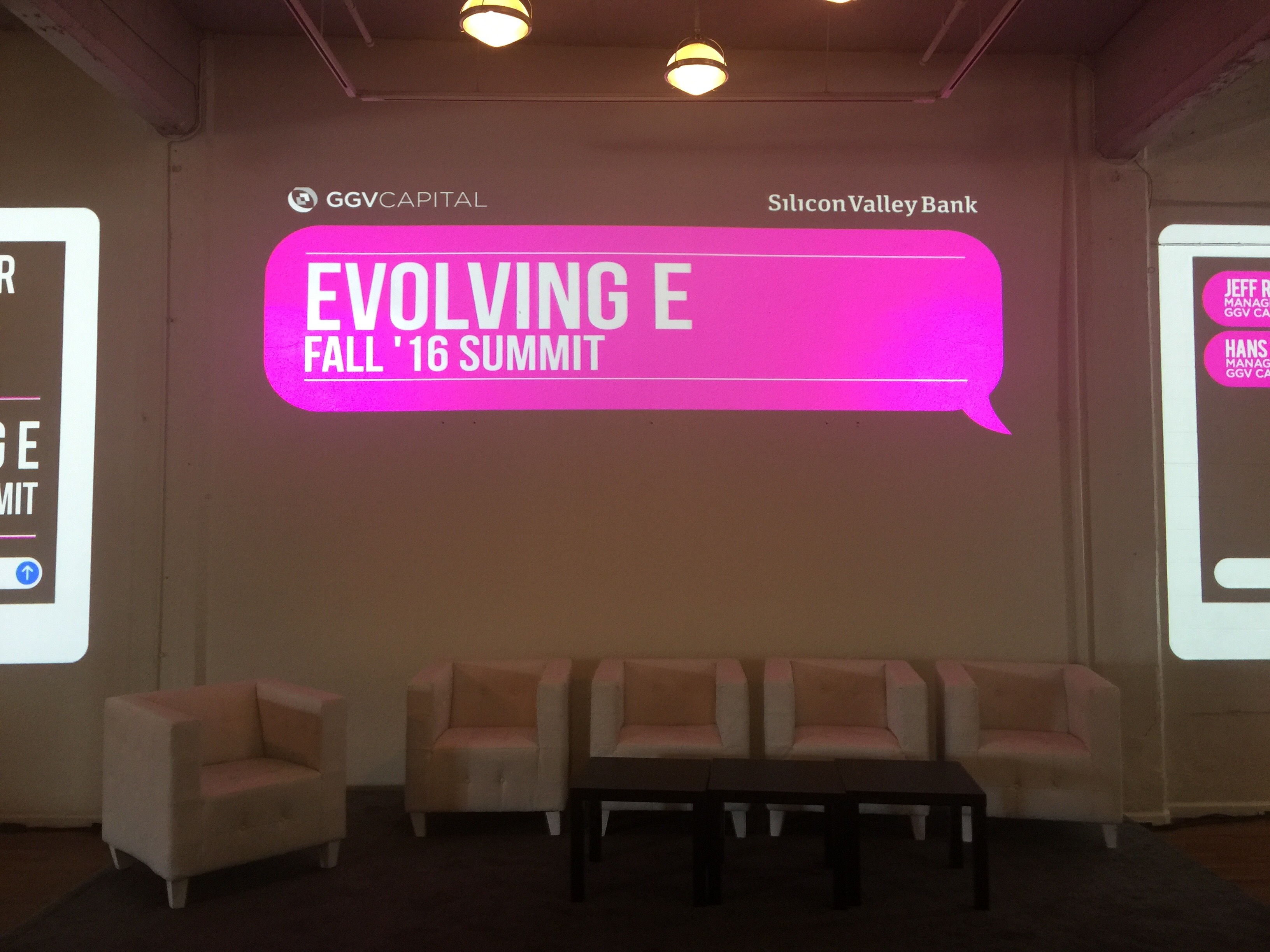As 2016 moves into full speed I wanted to recap on a trend I have been seeing. No – it is not mobile commerce (as that is now a requirement) but rather contextual commerce. 2015 is the year in which mobile assisted ecommerce drove a significant amount of sales away from brick and mortar retail. Button – a New York startup has fascinated me with integration’s that make mobile commerce an contextual event.
The fundamental shift
In developed markets such as the US and Europe – apps play a huge part of mobile users lives. The usage of apps have become the norm for most smart phone owners. It also has created a situation in which customers are being forced to make decisions on their home screens. What apps are users keeping on their homescreens and why is a question I hear often.
I also believe that mobile has fundamentally changed the process of shopping as the shopping process is no longer a once off event. I see daily that at after 9pm how many customers start browsing on their mobile devices and then either browse items they are interested in which leads to a purchase or the purchase ends on notebook or tablet. Omnichannel commerce is readily becoming seen across the globe.
I also believe that on-demand apps have changed our expectations. When you use a ride hailing app such as Uber – the moment that you request your ride you know it is on the way. All on-demand apps are used based on need or luxury when customers are time starved. However there is a magnitude of on-demand apps that require opening to achieve a simple action. These apps have become a bridge between us and our surroundings. As I mentioned earlier this is becoming a challenge for customers as we have many apps on our phones.
However with mobile commerce there is a challenge so big that only 2 tech behemoths can fix it. Discovery of apps is nothing short of a nightmare and at the moment at the mercy of Google and Apple. These businesses have been interfering with app store placements to ensure that larger budgeted app businesses are seen as being popular and top performing apps.
With great power comes great responsibility
In the past 12 months – 2 companies have fascinated me in the mobile space. Button and Wish, as they are advancing the uptake of mobile commerce. Button is also one of a handful of companies that have leveraged the deep link. Button has a mixture of company backgrounds that reads like a who’s who of global tech. Rocket Internet, Rakuten, Venmo, Google, PayPal etc have all played their parts in forming the Button team.
Deep linking is a smartphone cousin of the web link which we use daily to drive connections between search, content and commerce. The deeplink on mobile is after desktop search the most important development in the last 20 years in consumer technology. A deeplink provides a bridge between a user and an action. The user is not redirected to a desktop website, touch optomised (LinkedIn I am looking at you) but rather to an app that is already open on the functionality that the user requires.
In the most simple interpretation, a deep link is any link that directs a user past the home page of a website or app to content inside of it. e.g. linking directly to a product instead of the home page. In the context of 2015, we’re particularly interested in mobile deep links; links that can be used to open an app to a specific piece of content or action. For example the URL fb:// may open the Facebook app, but fb://profile/33138223345 opens Wikipedia’s profile in the Facebook app.
Button I believe has also capitalised on a larger trend that as a software product manager I can relate to. They have gone all in on API’s to ensure that in the background, independent sets of software can operate in a focused manner. Button was by my research the first startup to capitalise on Uber’s open API and have provided other startups the opportunity to leverage a mobile first on demand behemoth in a manner that will bring joy to their customers.
As I mentioned earlier Button has ensured that developers can plug in functionality from Uber, Delivery Hero, Drizly, Foursquare etc to ensure that their customers can leverage context to ensure that multiple tasks can be completed inside their app.
Watch how they demonstrate the interaction of Uber ride hailing inside another app.
So how does Button make revenue?
Button works on the affiliate model in which a percentage of the revenue generated by one of their API’s is then paid to them. Button gets app install revenue in addition to transaction revenue. It is basically an affiliate transaction for mobile that benefits everyone – publisher gets additional revenue, while the commerce service gets a loyal app customer with a transaction.
So who is Buttons competition?
In the same geography – there are a few competitors for this New York based startup. URX, Branch are all playing in this space but from the outside it looks like Button has leveraged the on demand ecosystem the best from everyone.
Currently Button has focused only on the US and European markets through partnerships and I believe that they will look to become a global business in the coming 5 years as mobile commerce is seen across the globe. I suspect that Button will most probably look to Asia in 2016.
Button provides context to mobile commerce in a manner that is beautiful, simple and elegant. As a commerce executive Button makes me look into the future and believe that our devices will provide context to us unlike any algorithm or AI will provide.

